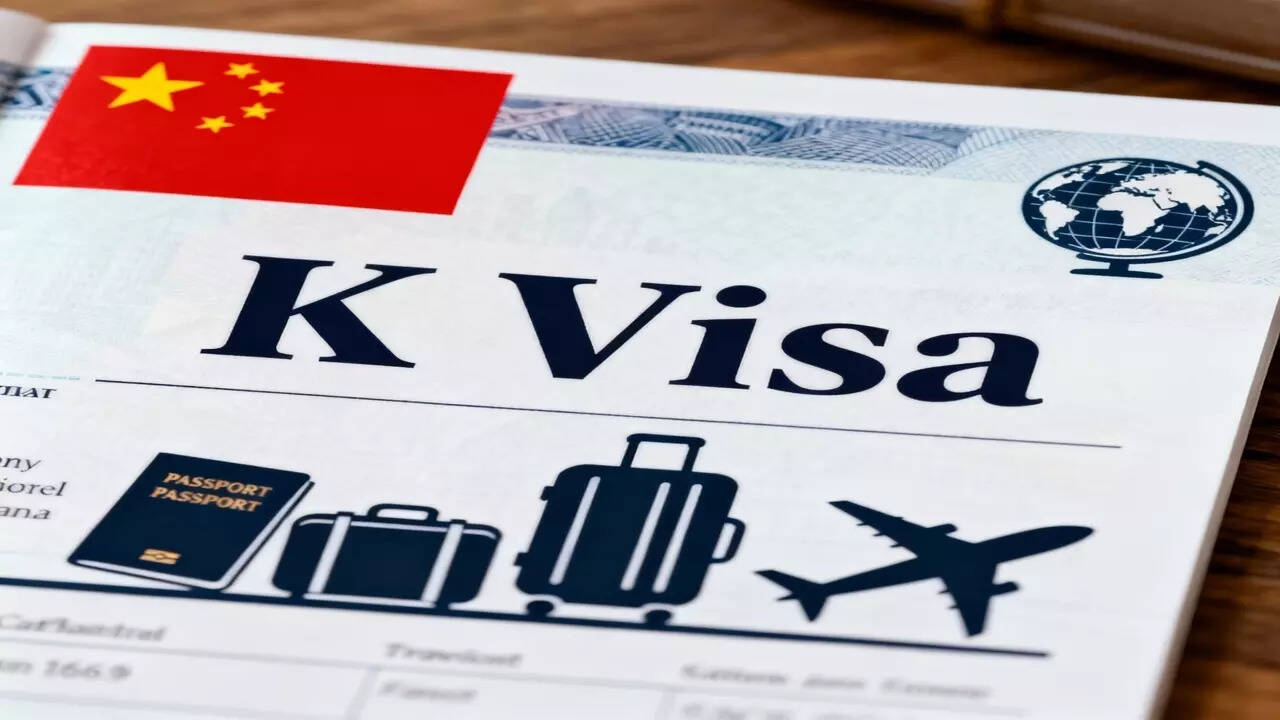What is the K Visa
China is set to introduce a brand new visa category called the K visa, designed specifically to draw young professionals and graduates from science, technology, engineering, and mathematics fields. The visa, effective from October 1, 2025, is open to applicants aged 18 to 45 who hold at least a bachelor’s degree or are engaged in recognised STEM research. Unlike traditional work permits, the K visa eliminates the requirement of employer sponsorship, making it easier for talent to enter and stay in China.

Features of the Program
The K visa offers multiple entries, longer validity, and extended stays, providing more flexibility compared to many global work visas. It is not limited to technology or engineering alone but also covers education, research, entrepreneurship, culture, and business. The program will be backed by China’s Foreign Ministry, the Public Security Bureau, and other government agencies to streamline processes related to residency, entrepreneurship, and extensions. For global professionals, this marks a major shift toward simplified access to opportunities in China’s growing innovation ecosystem.
A Timely Alternative to the US H1B
The introduction of the K visa comes shortly after the United States announced a steep 100,000 dollar annual fee for the H1B visa, which has been widely used by tech companies to hire foreign talent. The new fee has caused concern among both employers and applicants, as it raises the cost of working in the US significantly. China is positioning the K visa as a competitive alternative, offering a more affordable and flexible pathway for young STEM graduates, including those from India who have historically been among the largest H1B applicants.

Why China is Doing This
China’s push to attract skilled professionals through the K visa aligns with its long term goal of becoming a global leader in technology, research, and innovation. By offering a visa that is easier to obtain and more flexible to use, the country is signaling its intent to compete directly with Western nations in the global talent race. With industries such as artificial intelligence, clean energy, semiconductors, and biotechnology at the forefront of its economic strategy, China aims to strengthen its domestic capabilities by inviting more global minds to work, study, and innovate within its borders.
The Bigger Picture
While the K visa will not immediately shift the global talent landscape, it sends a strong message that China is ready to compete for the best and brightest professionals worldwide. For individuals looking beyond the United States or Europe for career opportunities, China’s new visa opens the door to one of the world’s fastest growing innovation economies. It also offers young professionals more control over their career trajectory without being tied to an employer sponsor.
Stay updated on global visa policies, opportunities for professionals, and market insights. Follow You Finance on Instagram and Facebook for real time updates and analysis.














